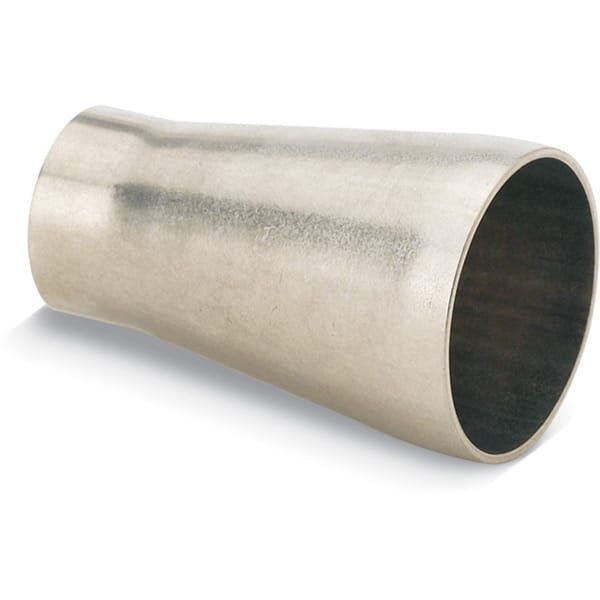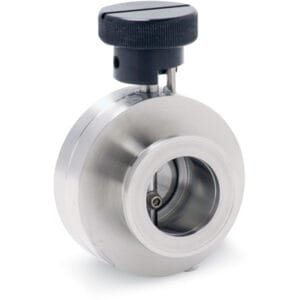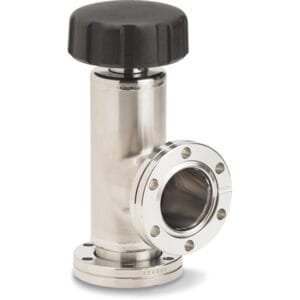We produce weldable conical reducer tube fittings from 304 series stainless steel, making them perfect for roughing lines in semiconductor process equipment and for foreline and pump exhaust lines in semiconductor subfabs.
Features of Weldable Conical Reducers:
- Optimized Design: Adapts to smaller diameter tubes while minimizing conductance loss.
- High Cleanliness: Ensures maximum cleanliness for UHV applications, reaching levels greater than 10<sup>-13</sup> Torr.
- Wide Temperature Range: Suitable for temperatures ranging from -200 to 450 °C.
- Custom Options: Common wall thicknesses and tube diameters are available; please contact us for specific requirements or flanged versions.
Specifications
| Vacuum Range | ≥ 1×10-13 Torr. |
| Temperature Range | -200° to 450° C |





Reviews
There are no reviews yet.